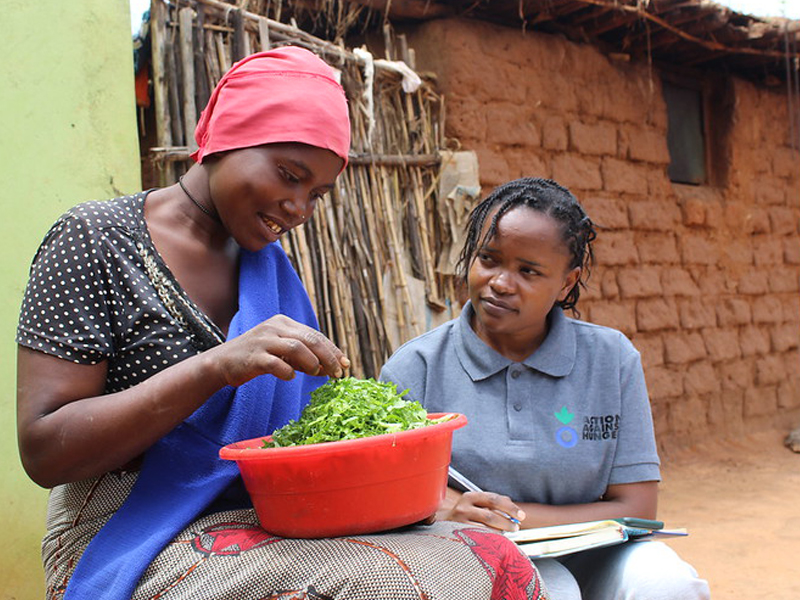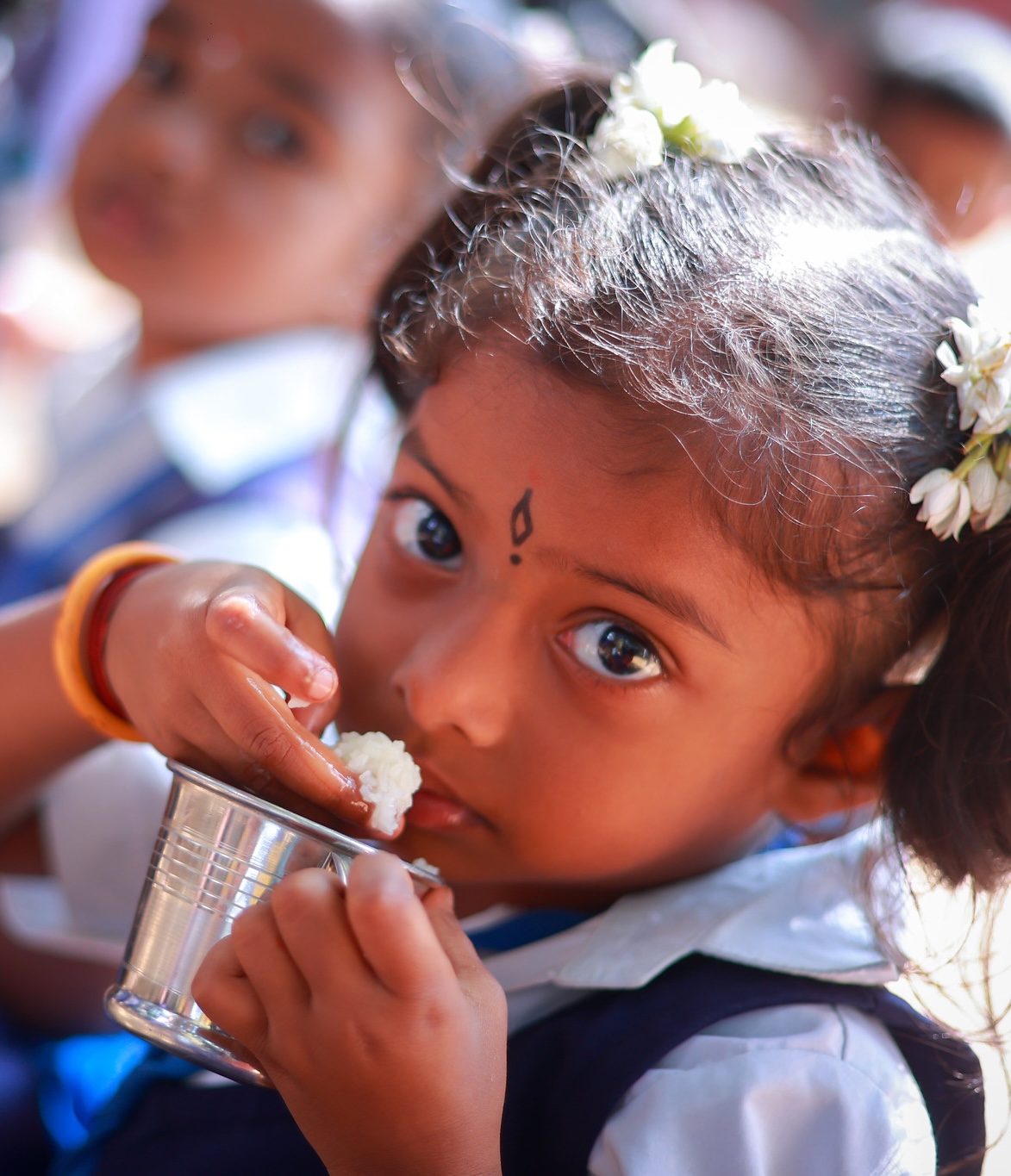
More than 30 percent of children in Tanzania suffer from stunting, an indicator of prolonged poor nutrition, repeated infections, and inadequate psychosocial stimulation. A large proportion of children and women of reproductive age suffer anemia, which affects 59 percent and 48 percent of children below 5 years of age and women of reproductive age respectively. Tanzania is still far from realizing its ambitious target to include provision of nutritious meals for pupils and students as a basic service for all school aged children.
This project with BGR partner Action Against Hunger addresses these issues through its Equip for In-School Nutrition Services project. This project targets in-school adolescent boys and girls, children under 5, and marginalized women of reproductive age in rural communities by enhancing community initiatives to improve agricultural production, sustain school feeding programs, and effectively improve dietary diversification at household and individual level. This program provides for 22,007 dire beneficiaries.

More than 30 percent of children in Tanzania suffer from stunting, an indicator of prolonged poor nutrition, repeated infections, and inadequate psychosocial stimulation. A large proportion of children and women of reproductive age suffer anemia, which affects 59 percent and 48 percent of children below 5 years of age and women of reproductive age respectively. Tanzania is still far from realizing its ambitious target to include provision of nutritious meals for pupils and students as a basic service for all school aged children.
This project with BGR partner Action Against Hunger addresses these issues through its Equip for In-School Nutrition Services project. This project targets in-school adolescent boys and girls, children under 5, and marginalized women of reproductive age in rural communities by enhancing community initiatives to improve agricultural production, sustain school feeding programs, and effectively improve dietary diversification at household and individual level. This program provides for 22,007 dire beneficiaries.




